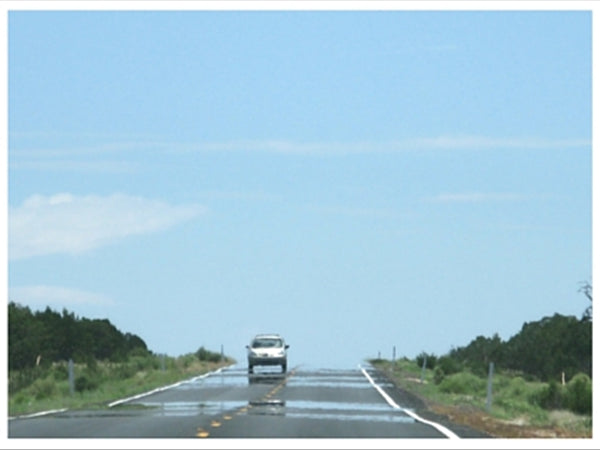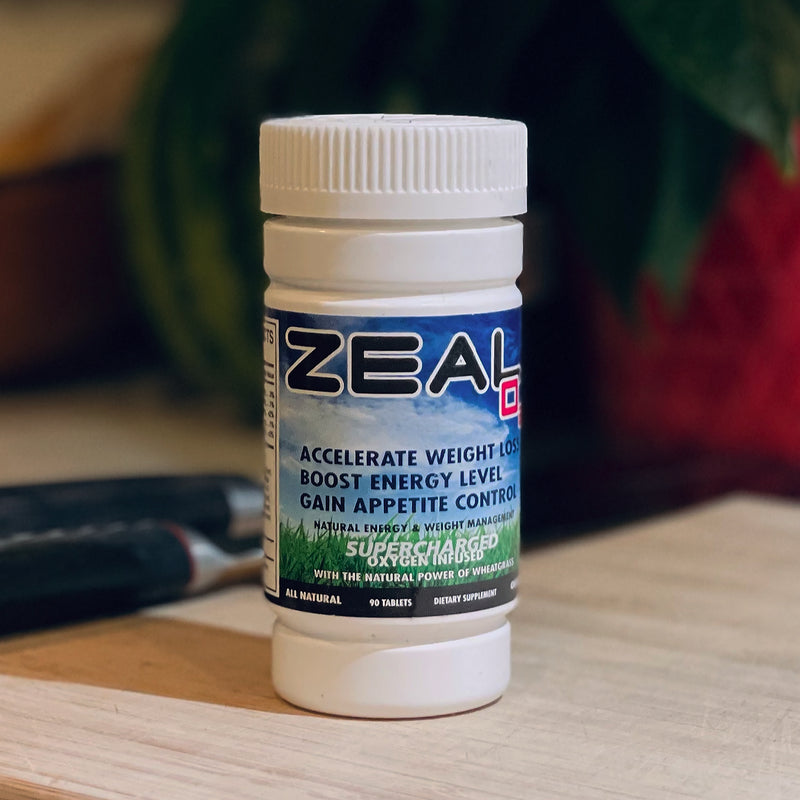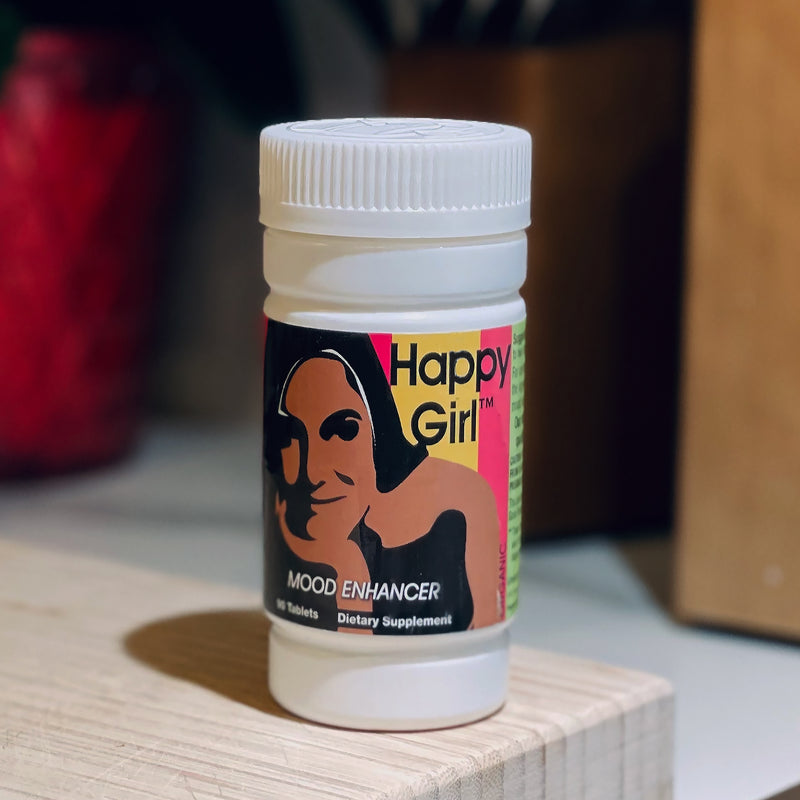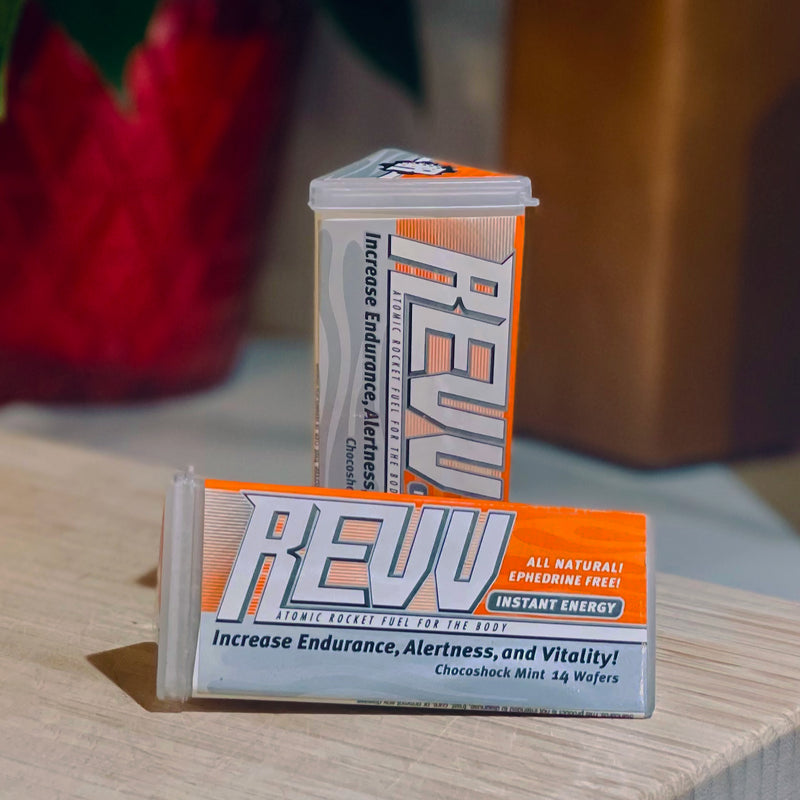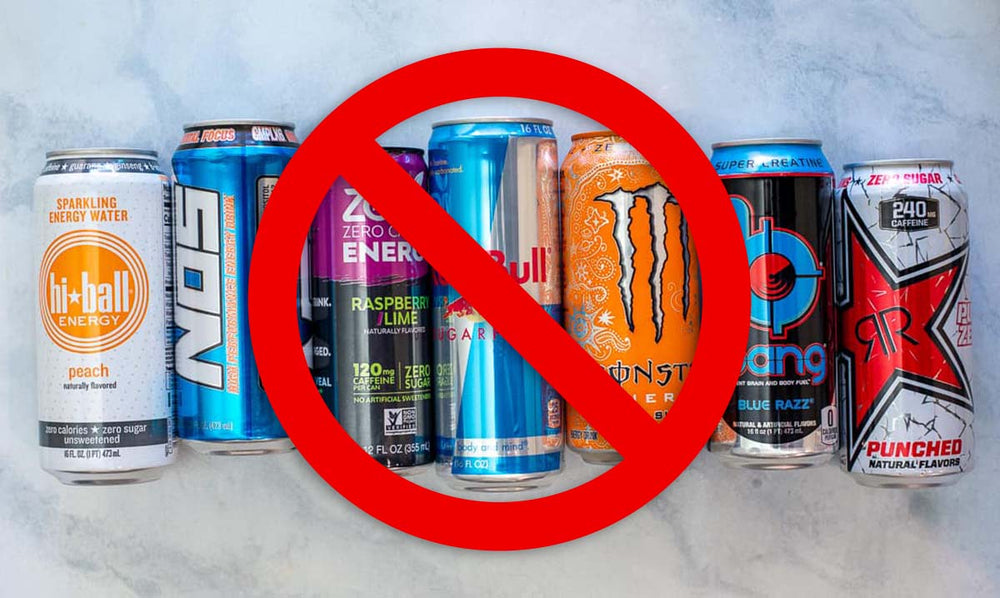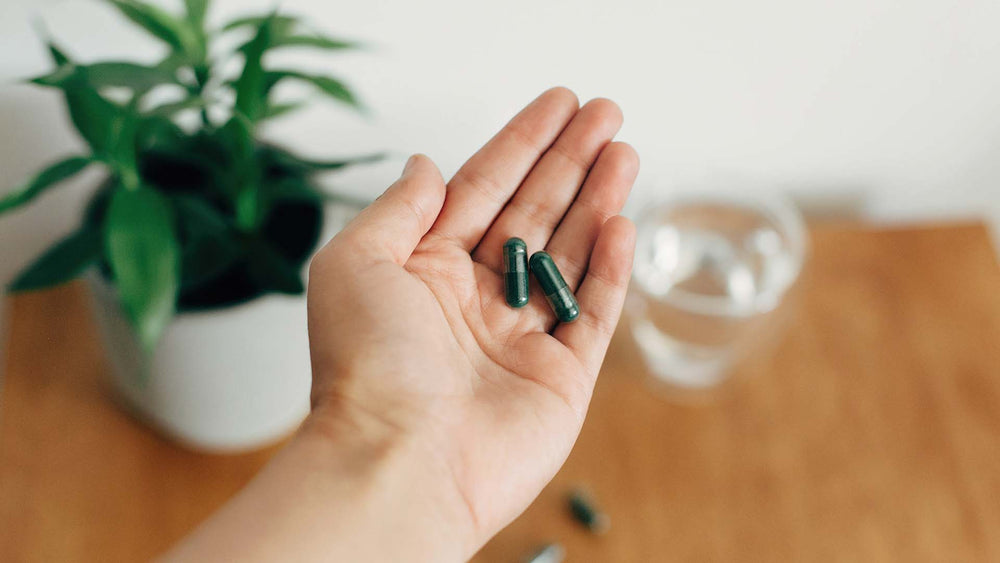Whether you’re driving to a summer barbecue with relatives, heading to your beach rental, or exploring new destinations, a family road trip can be a great bonding experience. Longer trips can cause hunger pangs (and make kids fidgety) unless you prepare and pack healthy snacks to tide everyone over til you reach your destination.
Avoid the temptation to stop for snacks along the way. Visits to convenience stores for chips and ice cream bars can add up, and the average fast food meal for a family of four costs between $3.86 and $14.00 per person, depending on the restaurant.
Bringing your own road trip snacks is not only cheaper, it’s healthier too. Here are ten tips for preparing, packing and storing snacks for a family road trip (and how to eat better when you do go to a restaurant.)

Healthy and Handy Snack Ideas
For a quick trip (2 or 3 hours), bring baggies of homemade trail mix, fruit or even yogurt in your cooler. Make sure sweet or salty treats are stored in individual baggies to prevent overeating.
For longer drives, eat celery or apple slices out of a Mason jar with peanut butter on the bottom, or substitute hummus for peanut butter and carrot or jimaca (Mexican yam) sticks. Eat healthy with turkey jerky instead of high-sodium beef jerky, and kale chips instead of standard potato chips.
Peeled hardboiled eggs, grapes, orange slices, whole wheat crackers and cheese cubes are nutritious bite size treats for the whole family, and they won’t take up much room in your container or cooler.
Pack sliced turkey wraps with pesto or avocado instead of sandwiches made with processed luncheon meats. Avocado is high in fiber and heart-healthy Omega 3 fatty acids and turkey is high in protein, iron and zinc.
Give children a box lunch with their favorite foods. This will prevent fights over leftovers and complaints from picky eaters.

How to Pack a Cooler for Your Trip
Use two coolers on long road trips – one for beverages and another for food. Keep the food cooler in the trunk or on the floor, shielded from sunlight. The beverage cooler, which will be used more often, should also be protected from direct sunlight. Cover it with a towel if necessary.
Pack items directly from your fridge, with the foods you plan to eat first on the top. Place chilled cans and bottles on the bottom of your beverage cooler.
Always place food in airtight, waterproof containers to shield it from melting ice, and fill the cooler up to the brim with ice. Fill any gaps with ice or ice packs, but make sure the cooler lid closes tightly.
Anything you keep in a cooler or packed in ice will only last for two hours if the temperature inside the cooler is over 40 degrees F, and only one hour if the temperature is 90 degrees F. Place an appliance thermometer inside your cooler to keep track of temperature.

Budget for Restaurant Meals Using Online Coupons
Avoid going over-budget by buying groceries a few weeks in advance. The first and last weeks in July are considered great times to stock up on vacation foods.
Find out what restaurants are in the area you’ll be visiting and look for online coupons and deals. Print out coupons before leaving, and be sure to check expiration dates.

Store Food Safely at Campsites or In Your Car
Once you get to your destination, take care to store food at an appropriate temperature and observe other precautions.
- Whether you’re camping or sightseeing for a few hours, pack foods properly to keep them edible while you’re asleep or away.
- Don’t leave food unattended on picnic tables, campsites or in your backyard.
- Leave anything with a strong scent packed away with your food (or in a separate, locked storage box). Animals are drawn by anything with an unusual smell.
- If you’re hiking in a national park or other area, don’t leave food (even packaged food) in your backpack overnight, and leave all backpack compartments unzipped. This prevents bears and other animals from rummaging around in your gear.

Snack on Homemade Trail Mix
Snacking on chips or candy from runs to the convenience store or gas station eats up your vacation cash, but it also packs on pounds and damages teeth. Instead of spending money on candy bars or pretzels, make your own trail mix at home. Choose from the following healthy foods to create your own 100% natural trail mix.
- Raisins
- Sunflower Seeds
- Pumpkin Seeds
- Unsalted Nuts (Peanuts, Walnuts, Brazil Nuts, Almonds, etc.)
- Unsweetened Chocolate Chips or Butterscotch Chips
- Dried Fruit (Cherries, Blueberries, Apricots, etc.)
- Popcorn
- Whole Grain Cereal (Millet, Quinoa, Wild Rice, Brown Rice, Whole Wheat, Buckwheat, Barley, Oatmeal)
- Banana Chips
- Shredded Coconut
Use handfuls of any cereal you like - Wheat Chex, Corn Chex, Cheerios, Special K, Rice Chex, etc., to provide some of the crunch in trail mix. Pumpkin Seed Dried Cherry Trail Mix is one variation that provides plenty of nutrients instead of sugar, including Vitamin C, magnesium, zinc and manganese.
Other healthy snacks you can make at home include an easy to handle To-Go Sandwich, and you can pack a container of Crispy Roasted Chickpeas (Garbanzo Beans) with Moroccan Spices
to satisfy empty stomachs without resorting to a spending spree at an out-of-the way 7/11 or Wal-Mart.

Pack a Skillet and Prepare Your Own In-Room Meals
Eating in restaurants three times a day with your family can make a serious dent in your budget, so bring groceries with you to prepare meals in your vacation rental or hotel. Most hotels have a microwave and small refrigerator, and small roadside motels may have kitchenette rooms with a stove.
Bring an electric skillet with two-inch sides (not a griddle), utensils, a sponge and paper towels. You can fix a pancake breakfast with a box of “Just add water” mix for a fraction of the price of a hotel breakfast. If your hotel has a decent continental breakfast included in the cost of your room, that may work for your family, too. Cereal and toast are probably enough to get kids energized for the day, and of course, there’s coffee and muffins for Mom and Dad.

For lunch or dinner you can fix sandwiches, burritos or tacos. You can even bring canned stew or soup and heat it up in the microwave. By preparing (or bringing your own vacation meals), you can be 100% sure of the ingredients. This is important for all family members’ health, but it may be a matter of life or death if one of your children has a food allergy or asthma.
Lucky enough to have a rental house or condo with a full kitchen? Prepare Panzella Tomatoes with Crispy Prosciutto for a light, low-calorie meal.

Tips for Conserving Calories On the Road
It’s tempting to overindulge when you’re out on the road. When you stop at a restaurant, follow a few tips to avoid eating too much unhealthy food.
Pace yourself, saving food in take-out cartons to eat on the next leg of your trip (or take back to the hotel)
About 67% of people finish the larger portions they receive in restaurants, according to the American Institute for Cancer Research. Often it’s portion size, not the entrée itself, that causes health problems.
Since you’re on vacation, sightseeing participating in sports, jogging or biking will whittle away some of those calories from restaurant meals and summer ice cream cones. Remember to get your five a day servings of fruits and vegetables by bringing fruit with you to snack on or drinking smoothies. Try to do away with automatic eating – pay attention to your food and eat slowly. This will probably be easier for most people since you’re removed from your daily routine and environment when you’re on vacation.
Nix the soda (with or without sugar). If you must drink soda, buy brands made with cane sugar, instead of GMO beet sugar or high fructose corn syrup.
Buy baked potato chips instead of regular ones, and, even then, keep consumption to a minimum. Veggie chips are a much healthier choice.

Check Out Farmer’s Markets
Whether you’re driving through upstate New York, biking in Los Angeles, or hiking in Colorado, you’re sure to find a Farmer’s Market somewhere near your hotel or rental. You can pick up snacks to take along while sightseeing, or bring veggies back to your rental or room to make wholesome dinner. Farmer’s Markets are a great way to mingle with locals and learn more about your destination than you would traversing the usual tourist attractions. You’ll also have the chance to buy paintings, jewelry or other handiwork from local artisans.
Many of the fresh fruits and vegetables you find at farmer’s markets can be used to make on-the-road snacks that are good for weight loss.

Opt for Frozen Yogurt Instead of Ice Cream
Trying to lose weight but craving ice cream or another frosty treat? Opt instead for frozen yogurt (without sprinkles or other sugary toppings) or smoothies. Even chain supermarkets and drugstore chains now have smoothie bars at their bigger locations.

Pause for Exercise Breaks
We all know how hard it is to keep fidgety kids happy on a long drive. In addition to keeping them busy with iPads, video games and DVDs, include books or coloring books to challenge kids without electronics. Substitute easy junk-food snacks with healthier foods. Sugar will make kids more rambunctious and you don’t need that when you’re stuck in bumper to bumper traffic to the beach or mountains.
On breaks to the store, gas station or restaurants, let kids expend pent-up energy by playing tag, running or taking a walk with parental supervision.

Try These Nutritious, Kid-Friendly Treats
A bagel gone bananas, made with nut butter and banana slices, will satisfy your child’s hunger pangs, and it has plenty of protein and potassium.
Instead of buying granola bars from the store, make Fig and Apricot Bars to take on the trip. Full of nutritious ingredients like rolled oats, pecans, flaxseed and antioxidant-rich apricots, it’s a healthy alternative to brand-name bars, which may be filled with GMO ingredients or sugar.
Younger children will love the munchie necklace, made with Cheerios, pretzels and dry fruit or any other healthy ingredients your child likes. Prepare sandwich sushi for little hands with sliced sandwich bread, turkey, lettuce and ranch dressing.
Don’t have much time to make your own healthy snacks? No problem? Just pop some plain popcorn – it’s much better for everyone in the family than packaged popcorn.
On the Road Food Tips
- Use a collapsible cooler to save space, and fill it with cut fruits, carrots, whole-grain crackers and trail mix.
- Bring refillable water bottles so you can avoid buying fresh bottles off the shelf. Just fill with water at rest stops or restaurants.
Bring a Clean-Up and Emergency Kit
Where there’s food, spills follow, especially in a crowded, moving vehicle. Bring a plastic container containing garbage bags, disinfecting wipes, disposable gloves, wet wipes and paper towels.
Your emergency kit should also include first-aid supplies for cuts, bruises or other minor medical problems. Whether you buy a pre-packaged kit or make your own, it should include:
- Hand Sanitizer
- Antibiotic Ointment
- Tweezers
- Band-Aids
- Sunscreen
- Matches
- Gauze Pads
- Tylenol
- Ibuprofen
- Antihistamine
- Anti-Diarrhea Medicine
Always bring enough prescription medication for your children (asthma medication, EpiPen®, etc) to last the length of the trip and keep your family covered for any flare-ups that may occur.
Preparing nutritious snacks for a family road trip may require planning, but it will save time and money in the long run. That’s more money to spend on souvenirs – and more time to spend exploring tourist attractions instead of restaurants.

